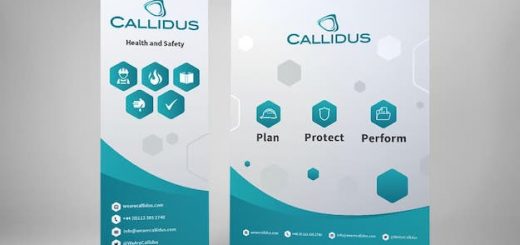Developing a website is pretty easy these days, especially with WordPress websites in the design mix. You can pretty much complete an entire web design project and launch your site in a matter of hours. However, not all websites are created equal. If you are designing without considering user experience, you may have a challenging time ranking and converting.
“Digital user experience encompasses all aspects of a person’s interaction with your web or mobile site including behavior, actions, perceptions and satisfaction,” Casey Weisbach of Forbes said. “Putting an emphasis on user experience will not only benefit your customers but will consequently deliver results for your company.”
To get the most out of your web design efforts, there are a few essentials to consider, especially when it comes to user experience. Here are 5 ways to deliver the most powerful experience possible.

1. Aim For Optimal User Navigation
Navigation is a big part of web design, like a roadmap for users to follow once they land on your website. To ensure you are serving up exceptional navigation for optimized user experience, start with your site menu.
Make your menu clear and concise, keeping it organized so users can easily find the pages, information, and answers they need. This will make the site stand out amongst competitors and significantly improve your user experience. This is also the same for your footer.
In general, you want to have all your pages within one or two clicks of each other when possible, whether you are using the menu, footer, or interlinking within page content.
2. Keep Your Web Design Clean
There is nothing more intrusive than a cluttered site. It is confusing and annoying to people, and subsequently does not provide a powerful user experience. To keep this from happening while you are designing, think about white space and the relationship between sections within each web page.
White space is definitely your friend as a web designer. If you look at the most popular pages online, you’ll see they all have ample amounts of white space. Google My Business and MailChimp are great white space website examples.
3. Think About The Site’s Color Palette Carefully
Colors play a major role in web design. When coming up with a site concept, you should have developed branding guidelines, or got them from the client. These guidelines normally have three colors that represent different aspects of the website.
For example, your primary color may be blue, call to action (CTA) buttons yellow, and secondary element color an off-blue. How do you choose these colors? It could be a matter of preference, but color psychology should be considered as well.
The color psychology chart contains:
* Blue conveys trust, communication, and calm
* Yellow can be used for happiness, optimism, and general good feelings
* Green gives websites a natural feel, as well as wealth and vitality
* Purple conveys a sense of royalty or spiritual emotions
* Brown can be used for simplicity, honesty, and organic
4. Make Web Design Mobile-Friendly
The Google Mobile-First Index is in full-swing and you should be optimizing mobile websites accordingly. What does this mean exactly? To ensure a site is mobile-friendly, it needs to load fast on mobile devices and look great.
Site speed is a big issue. There are a number of reasons why site speed can increase, like too many clunky plugins, large image and video files, and hosting service issues. Hosting is one of the most common and easiest to fix.
If users are experiencing uptime issues, slow loading speed on mobile, and general site issues, it may be time to scale hosting. For instance, many people launch sites on a shared server. This is great at the beginning, but scaling up to VPS hosting may solve speed issues.
5. Site Content Is Important
There is one last web design essential to cover when it comes to providing a powerful user experience — content. Content can make all the difference, because it often needs to be easily readable, especially in the mobile digital era. For instance, text size should be dark and around 16-point to look good on mobile devices.
Font style is also an important aspect. Many users find Ariel, New Times Roman, Calibri, Montserrat more pleasing to read. This should all be part of the branding guidelines for the website.
Wrapping Up
The above web design essentials for a powerful user experience are just the tip of the iceberg. There are a number of other elements that go into web design. However, ensuring user experience is at the forefront is vital to building the best audience. What is your top web design asset?




